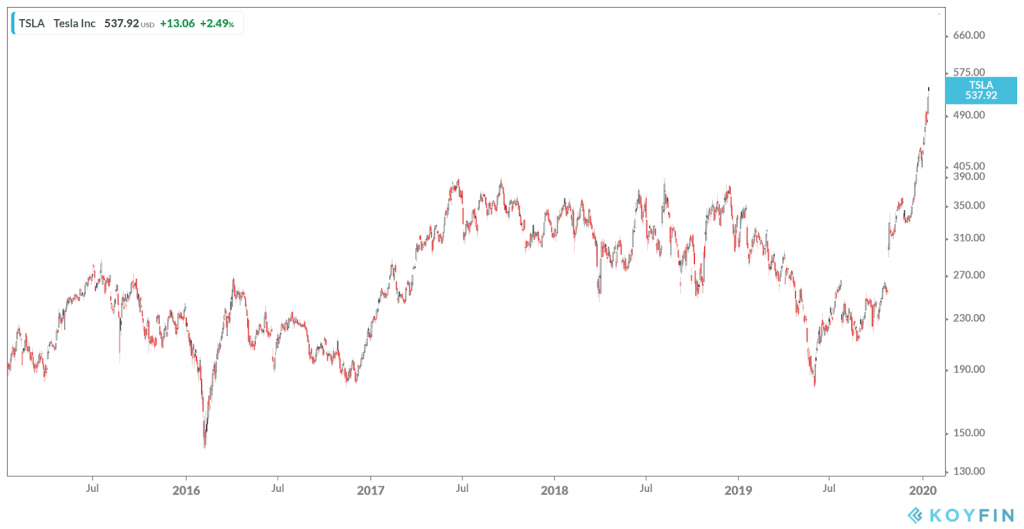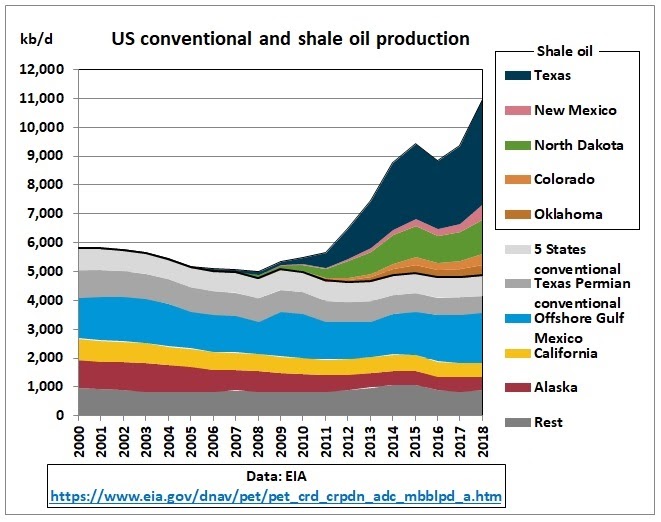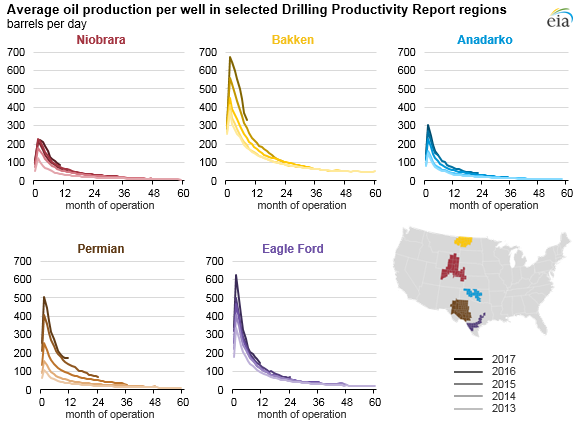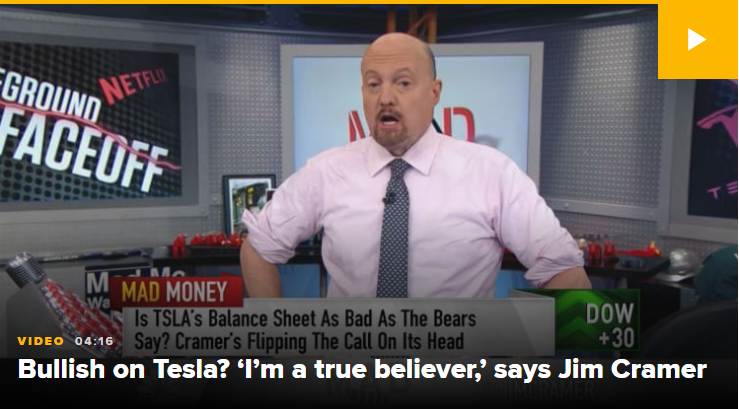Chaos theory was first defined by James Yorke and T.Y. Li in 1975. What it tells us is the uncomfortable truth that the world can and does sometimes go to shit doesn’t follow a predictable pattern.
Chaos theory is usually associated with math or physics because those subjects are its origin, but as you’ll see, it goes well beyond that.
Many years ago, I worked on a project with a bunch of folks at an organisation. We’ll just call that organisation PJ Gorman to protect their innocence. Anyway, the team I worked with was there to “optimize risk”, and although it was never explicitly stated, we all knew what we were really doing. We were there to see how far the risk envelope could be pushed before we blew up the bank…and yes, to make frighteningly large sums of money so we could then receive a whopping bonus for risking other people’s money. That is if things went as predicted. Sometimes they do…and sometimes…well…they don’t.
These folks – quants – spend countless hours building complex models for…well everything. Commodities, equities, currencies, bonds…you name it.
Chaos theory rarely features in their investment banking risk models. That’s because there simply are too many permutations to consider. Where the hell do you start?
Now, before we dig into this. If you’re like my wife and any talk about financial markets and technicals causes you to stare blankly and feel that warm shroud of sleep begin to wash over you….hold up! This is important stuff not only for numbers geeks, and I promise I’ll leave numbers mostly out of it today. Chaos theory impacts us well beyond the world of finance…as you’ll see.
James Yorke himself summarizes this theory by saying, “The most successful people are those who are good at plan B”. You have to be ready to change plans at any moment.
“In life, it’s important to be flexible. I don’t plan things. I prefer to discover them.”
-James Yorke, Father of chaos theory-
I was explaining chaos theory to my kids while playing pool a couple months back. It struck me that the breaking of the triangle with the white ball at the beginning of the game provided a wonderful analogy.

When starting a new game, none of us could have figured out where the heck all or even any of the balls would go. There are quite simply far too many permutations.
Take a look at this. It is the US Federal reserves’ balance sheet which has exploded. The proverbial white ball breaking the triangle of balls.

Actually, I could share with you the Central bank balance sheets of the BOJ, ECB, BOE and a dozen other CBs. They’re like milk bottles. All the bloody same.
The results have been many. An obvious one is that price signals have been distorted. It’s why previously successful asset managers (1980’s through till 2007) have failed in this new environment. Two and two no longer make 4. And when enough folks believe that – why yes, it does actually make 5, or 6 or whatever, then markets begin justifying this. If you want a visual representation in real time I present you with Tesla.

Enterprise value closing in on $100 billion. Yes really. Unprofitable, government subsidized, Fed subsidized, and run by a guy who has, and continues to commit fraudulent behaviour with zero repercussions.
As I write this post, this bad boy trades at a P/E of 88!!
Investors are paying $88 in order to receive $1 of earnings. Earnings not profit. Profit? Who needs profits?
And Beyond meat.

WIth an enterprise value of nearly $7billion. A company, which I will remind you, is unprofitable and makes garbage processed food. The processed food industry is one which we know enjoys low margins and is highly competitive. Imagine.
Neither of these companies make any profits. None. But that’s what happens when you smack the white ball. You’ve no idea where and what happens in reality. Even if you are at the helm of a central bank – maybe especially if you’re at the helm of a central bank.
The consequences of this we’re dealing with every day. It’s like turning up at the supermarket where you ordinarily buy your peanut butter for a few bucks a jar, only to find that yes, it now costs more than a weekend at the Four Seasons. That sort of thing has an effect on your behaviour, not least of which is no more peanut butter for you. Interestingly, because it’s so distorted from reality, the human mind has to rationalise it. So it does. Just watch CNBC if you want a real life example.
Price action is often now completely divorced from fundamentals. Sure, we’ve had this sort of thing in the past. Pick any bubble you wish. But we’ve had none with such breadth and magnitude.
But today, we’re not here to dig into the weeds of valuations or fundamentals. Nope, today we’re going boldly where few dare to trod. How Fed policy has affected a particular industry which itself has strongly influenced global politics, something that easily has the power to massively affect every person on this ball of dirt.
I present to you Iran.
On the 3rd January, the US military blew the head clean off of one Qassam Soleimani. A particularly distasteful bloke but not just any bloke. Nope…the second most powerful guy in Iran. Now it’s hard to have sympathy for the man…or the ruling class in Iran for that matter. These guys believe it’s perfectly OK to murder you if, for example, you’re a woman who shows too much leg. Or if you’re a man who fancies other men, a woman who fancies other women, or someone who just happens to think that these guys’ particular chosen god maybe, just maybe, isn’t real or worth following. They don’t just disagree. Nope. They chop your head clean off. And so, when one of them gets their head blown off, it’s kinda hard to summon any sort of sympathy. Rather, we raise a glass and say, “Good riddance to scum.”.
That’s not the question really. There’s no shortage of thugs in the world that need killing. The question is, why did Trump feel he could do this. Especially given that the US military presence in the sand Mid-East is down some 75% from its highs, as the US has been withdrawing from the region for over a decade now. Oh, and before you send me angry emails about Trump this or that, realise that this process began well before Trump took office and that’s not what this article is about. I don’t care about the politics – red or blue.
What does all this have to do with the chaos theory and price distortions, Chris?
With the Fed engaging in the most egregious and radical monetary policy the world’s ever seen, the price distortions have been nothing short of incredible. One consequence has been that capital has been pushed well down the risk curve as yields collapsed. With bugger all returns in traditional debt markets an isht ton of it went into the junk bond market which itself fed the “shale revolution”. That, in turn, got the attention of the equity guys who piled into this “new next best, can’t lose” space. And so shale production exploded higher. How could it not?

What, Chris, does shale production have to do with the US pulling out of the Middle East and bombing one of Iran’s top leadership?
Everything.
Without the energy independence the US believes it has, they would never have pulled forces out of the Middle East…at least not to the extent it has. No country has national security without energy security. And now the US believes it has that.
US Air Force General Paul J. Selva, the vice chairman of the Joint Chiefs of Staff received these distorted price signals.
“We are not wholly dependent on the movement of Saudi, Kuwaiti, Qatari, and Emirati oil in and out of the Gulf to sustain our economy.”
And of course, it’s not just him. These price signals went all the way to the tippy top. “The Donald” received them and promptly gloated about them.

So, clearly “US energy independence” influenced the US administration’s withdrawal of forces from the Middle East and Trump’s recent decision to take out Sollymaniac.
To be clear, I don’t particularly care what your political persuasion is. Trump’s a hero, Trump’s a buffoon, pro Democrat, pro Republican, or pro Donald Duck. I don’t care. The point is that the market distortions have – like the butterfly flapping its wings – an impact. One we could not have envisaged before the proverbial white ball broke the rack of balls.
And it doesn’t particularly matter who gets into power in the next elections. Sure, some are worse than others. I present to you one Elizabeth Warren. America’s answer to Jeremy Corbyn.
“On my first day as president, I will sign an executive order that puts a total moratorium on all new fossil fuel leases for drilling offshore and on public lands. And I will ban fracking—everywhere.” Elizabeth Warren, September 6, 2019
Warren is just a symptom of a wider problem. A chasm between understanding actions and consequences. The fact is, any new US leadership now has a set of problems ahead of them. They think they’re self-sufficient with decades and decades of energy under their belt. What happens when they find that their “energy independence” is remarkably like a push up bra? It looks bright and perky and deliciously full, but dig a little deeper and it’s not all it’s cracked up to be. What then?
Do you try to re-establish those “relationships” in the Mid-East?
Do you start sending troops back to the sand?
Not easy.
Back to shale, the proverbial push up bra.
The thing with oil companies is this. Their job is to get investors to pay them to get oil out of the ground, and they’ll tell all sorts of silly stories in order to do so. That’s never changed. What changed is the market environment created by central banks’ policies which destroyed yield, thus pushing investors to seek it elsewhere. And so, while they were hunting for it, the market “delivered a solution”.
Let me show you. I’ll take you back to late 2017.
From this article.
“Today, you can grow the company at 5%, at $40-oil,” said Pioneer Executive Chairman and CEO Scott Sheffield. He compared the potential of the Permian to Ghawar field in Saudi Arabia. “You could easily see 8 to 10 MMbpd out of the Permian by 2027.” He went on to say that the Permian could contain an estimated total of 160-170 Bbbl of recoverable oil.
To be fair to Mr Sheffield, part of his job is to attract investors that will pay for the drilling of holes. The hard reality is that – and this goes for any oil company – they basically drill an isht ton of marginal prospects to get as much “reserves” on their books, champion this “growth in reserves” in order to finance operations. That many of these aforementioned reserves will never be extracted because they’re way beyond the cost of production is never mentioned. It’s why these things are so volatile. “Reserves” are often like that push up bra. A mirage. They work for a while but at some point, after the clothes come off, the real and disappointing reality is revealed.
But investors desperate for returns in a world where central banks destroyed traditional returns bought it…hook, line, and sinker. And obviously, not just investors but the pointy shoes in the US military and The Donald himself. As for comparing the Permian to Ghawar…well.
Here’s what decline rates look like across the shale patch.

That’s not at all Ghawar-like.
But shale makes money right? Riiight?
Shale as an industry has nevaaah made a profit. Imagine that.
It’s OK, investors will keep funding it, and advancing technology will solve the profitability problem. Maybe. Maybe not.
In the meantime, shale production is collapsing.
Consider that 2018 saw 145,000 b/d per month. Since December, production has grown by just 50,000 b/d per month. That is a 65% collapse in growth. And I’ve not even talked about “high grading” which, sans some miracle, guarantees that this entire ball of wax disappoints going forward.
But Chris, if shale doesn’t pull finger we’ve got conventional energy right? Riiiight?
“The last three years have been the worst stretch of time in seventy years for new convention oil discoveries.” Oilprice.com, October 2, 2019
Seventy years. Seventy!
I’ve said it before and I’ll say it again. Energy security is going to be a big thing. The Germans have completely destroyed their energy sovereignty and the US, thanks to incredible price distortions, a result of central bank policies, have taken some very risky steps down the path of significantly reducing their energy dependence.
It is said that a good economist can understand the consequences of an action, but a great economist can understand the potential consequences of the consequences of that action. We have, as far as I can tell, only economists staffing central banks who are imbeciles. But the white ball has already been struck, and where all the other balls land and what they strike along the way is now out of anyone’s control.
And, on that cheery note, I’d like to wish everyone a Happy New Year. Except for central bankers, you lot can all get knotted.
-Chris



